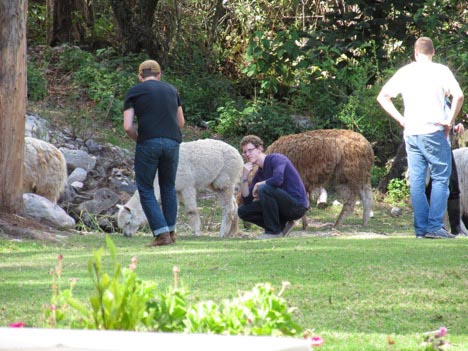Evans Gritton: Student Report from 2015 Alternative Winter Break in Peru
Let’s start by saying a (very) little about myself. I’m a materials science and engineering major, enjoy food, and love to people watch. Sidebar – if you know what a materials scientist/engineer is: congratulations on being a specialized nerd such as myself, and if you do not just know that it is someone who studies metallurgy/polymers/ceramics and their structures. That said, when I signed up to go on a service project to Peru with the engineering college I did not expect to learn much about materials engineering.
The work that we did while in Peru involved making ovens/stoves from available resources for rural families that would help prevent smoke and carbon monoxide within that home. While fulfilling, this was not where I encountered my field of study. Though many of the group did also enjoy a game or two of soccer with our guides. See the winning team in the picture below.
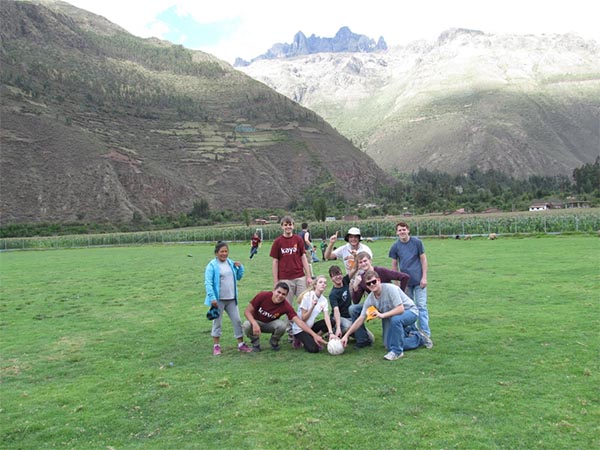
But I digress; our group ran into ancient materials work when we visited some of the Incan ruins. In all of these ruins, the walls are made of these huge stone blocks that do not have any mortar (see below). This is not only impressive in that they were able to build this way, but also in that they have outlasted walls since made. In fact, one of the churches in Cusco was built on the site of an old important ritual site, and the Spanish erected their own walls over some of the existing ones when they conquered the area. However, there was an earthquake that eventually struck Cusco leaving only the Inca walls in several places.
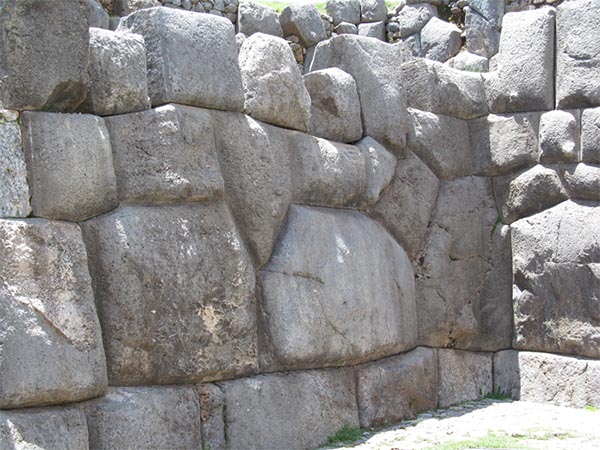
As it turns out, the Inca were able to create these sturdy walls without any kind of mortar by chiseling out designs and their mirrors in the neighboring stone. They then poured a ductile metal alloy in the negative to join the stones together. Below are some of the different designs that were used for joining.
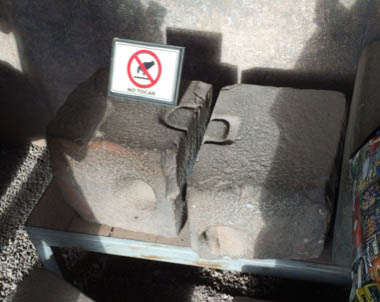
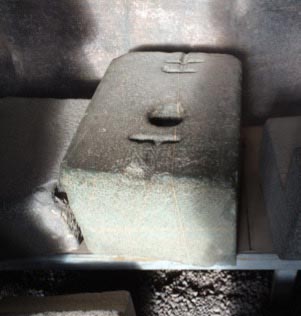
As for the other aforementioned interests: Peru has some truly excellent food. By far my favorite was a Peruvian-Chinese fusion style of cooking that originated from the difficulty of getting traditional Southeast Asian spices to Peru. Beyond that, I have to say that Peru is deserving of multiple blog posts dedicated to food (of which one of my fellow engineers has written). As for people-watching, it is hard to beat watching the others in your group as someone gets to be up close to a llama or alpaca for the first time.
